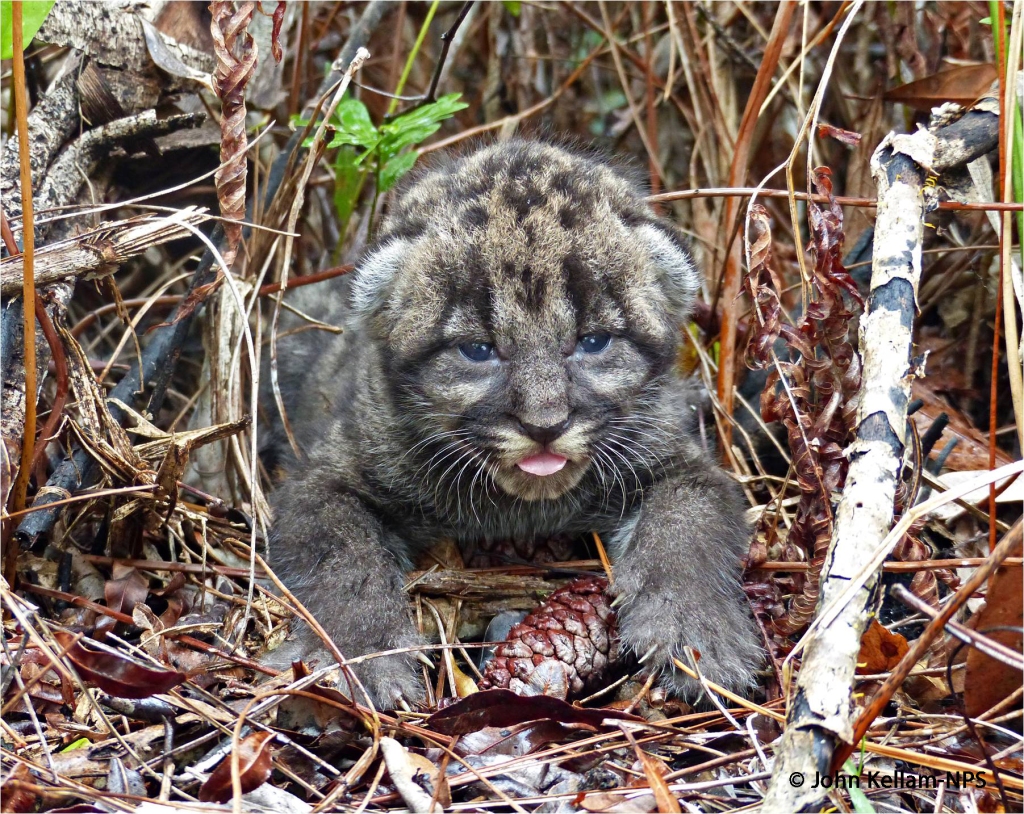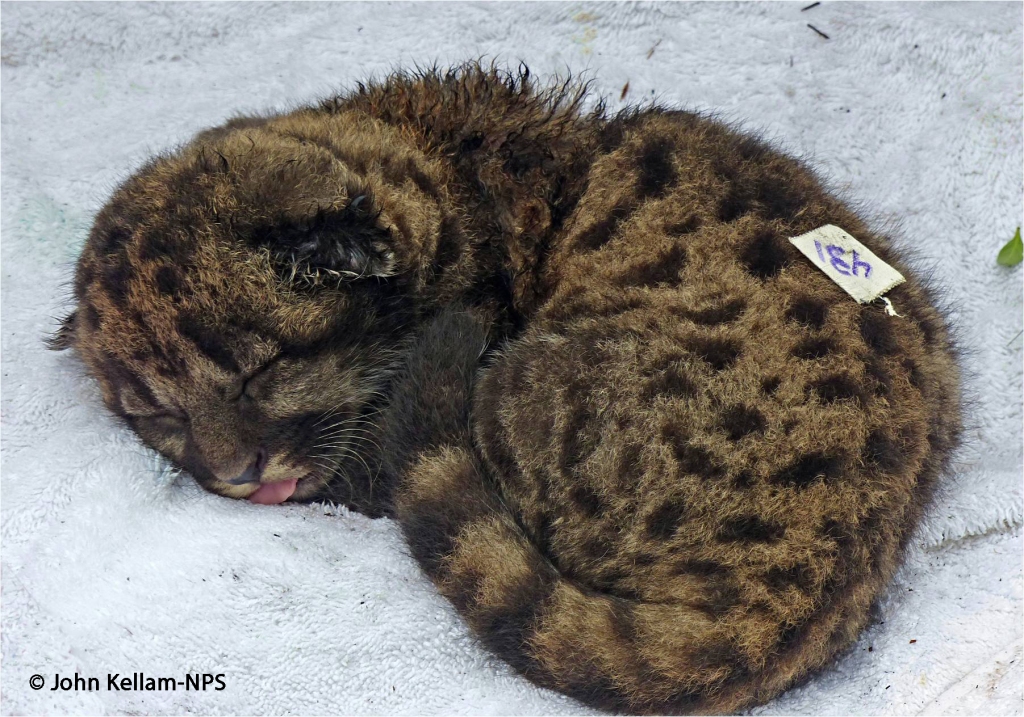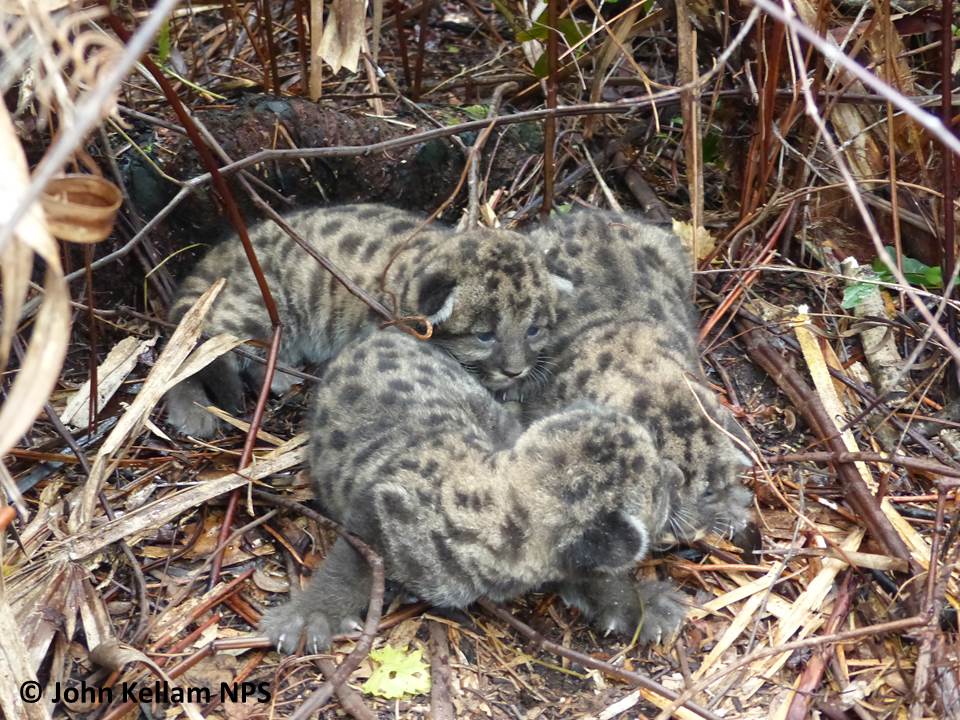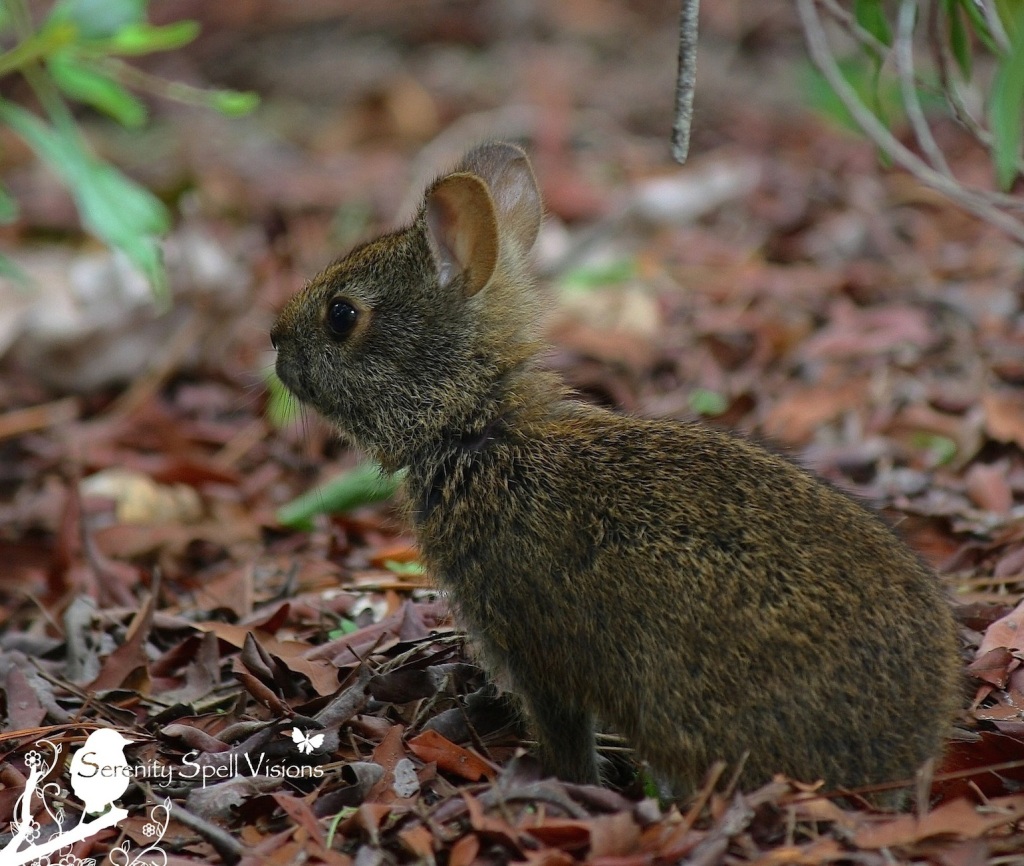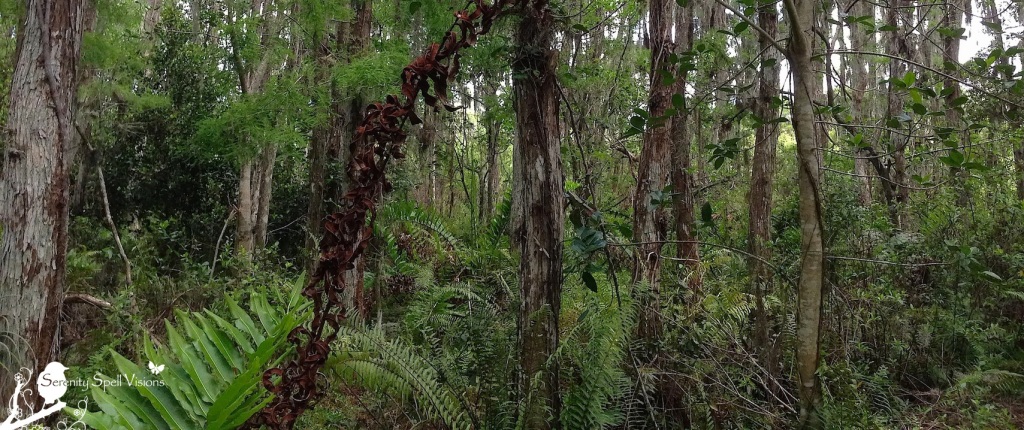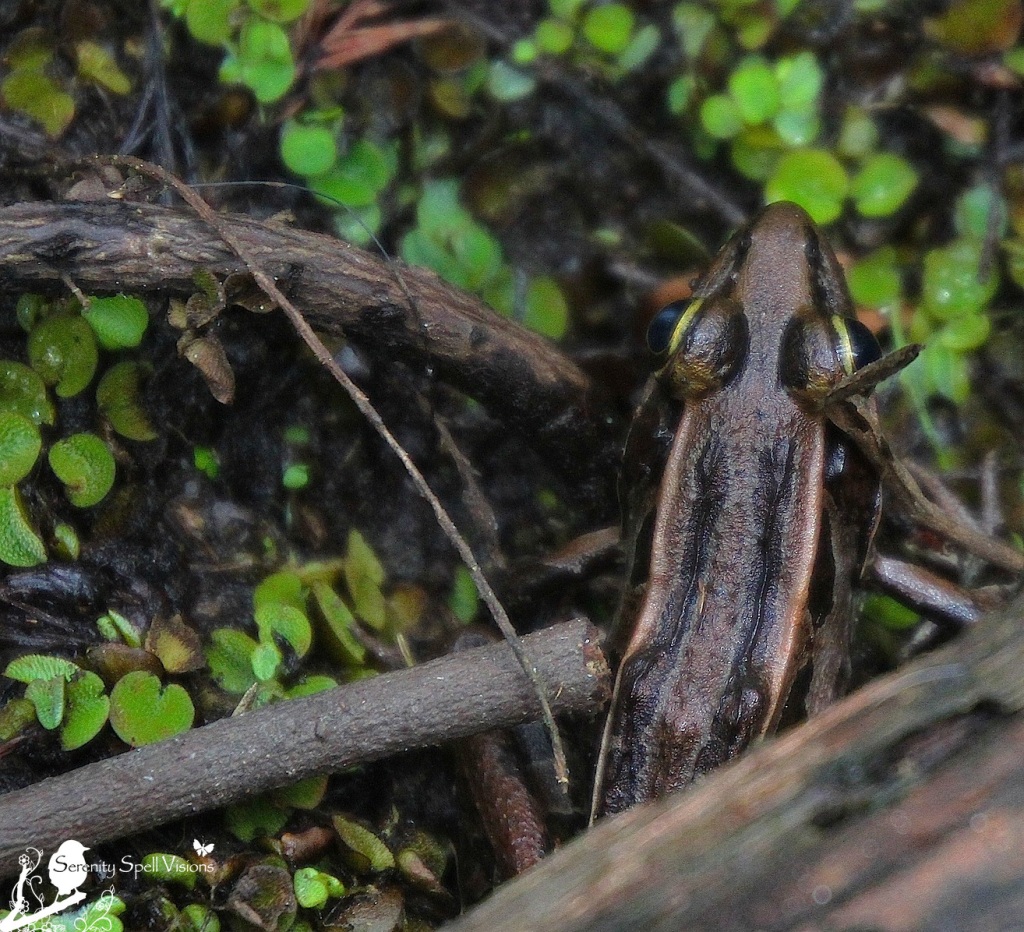An Earth Day Note of Gratitude
Since I’ve had my little blog, I’ve been blessed with requests from biologists, scientists, park rangers, national wildlife organizations, and artists to use my photos — my tiny glimpses into the continually threatened natural Florida. I always learn so much from them all, and am incredibly grateful to have met them.
In honor of Earth Day, I want to give an enormous THANKS to all of those who work so incredibly hard, often in dubious and/or dangerous situations, for our beautiful blue sphere — the hands-on scientists and rangers working directly with the wildlife and lands, caring for the welfare of so many threatened and endangered critters and ecosystems. An equal shout of gratitude to the writers, artists, and outspoken voices of our wonderful world!
Most recently, I met Everglades biologist John Kellam, and he kindly shared his amazing research on the endangered Florida panther. To say that this is a special and rare glimpse into the lives of these magnificent and elusive animals is an understatement! I hope you enjoy John’s images and descriptive text as much as I did — and another thanks to him for sharing his work for, and obvious love of, these endangered creatures.
From John: I am a biologist; Since 2006, I have been a member of the National Park Service Florida panther capture, research, and monitoring team, and the lead biologist of the first successful home range and habitat use study of the Big Cypress fox squirrel (a Florida State listed Threatened species) in natural habitats (http://www.nps.gov/bicy/learn/nature/big-cypress-fox-squirrel.htm).
More from John: The kitten in the photos is 1 of 3 kittens located in female Florida panther #162’s den on August 15, 2014 in the interior of Big Cypress National Preserve.
When a female panther is denning and her kittens are @ 14 days old (based on radio-telemetry data), we wait until she leaves the den (typically to go hunting), then we locate the den and process the kitten away from the den site. Our medical work-up of kittens involves collecting biopsy, hair, and ectoparasite samples, inserting subcutaneous microchips (PIT-tags), obtaining body mass/measurement data, and administering oral medications. Once we have processed the kittens, we place them back in the den.
When kittens are handled at dens, we gain valuable reproduction information on litter size, gender, weight, genetics, and overall health of kittens. In addition, kittens with microchips provide us information on movements and survival if handled again as an adult.
Here’s much love and good wishes to a promising future for these amazing animals — Happy Earth Day!

